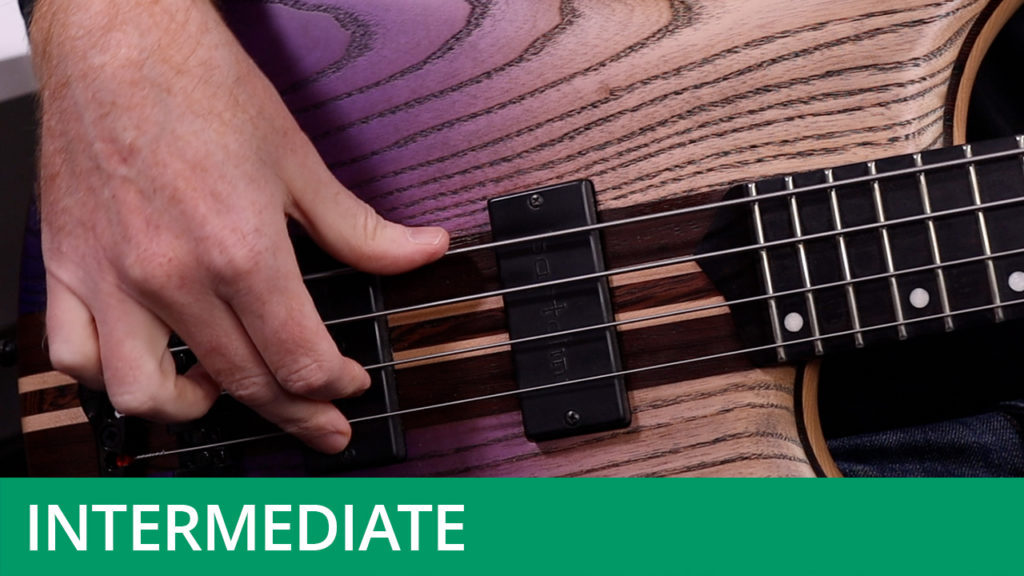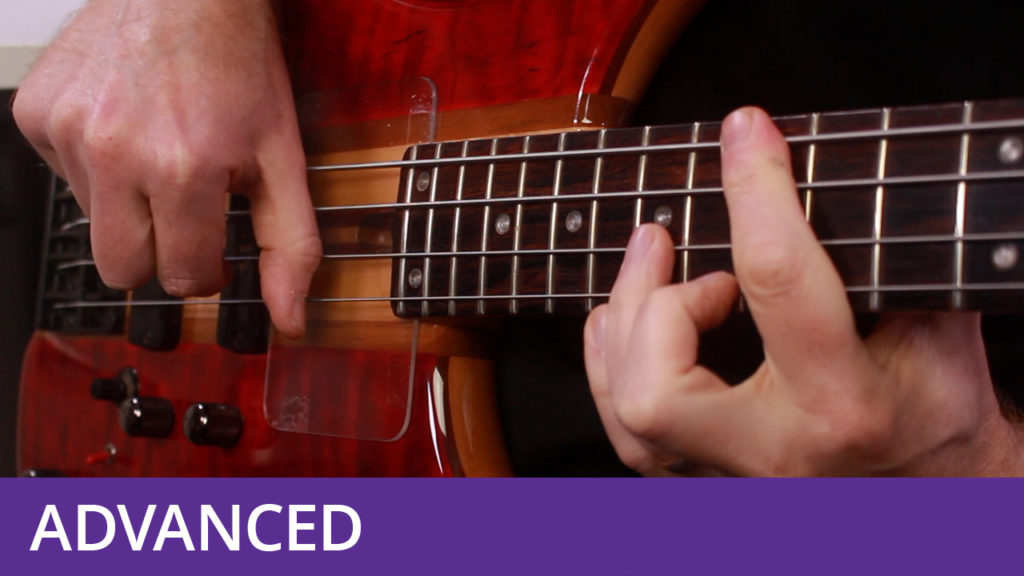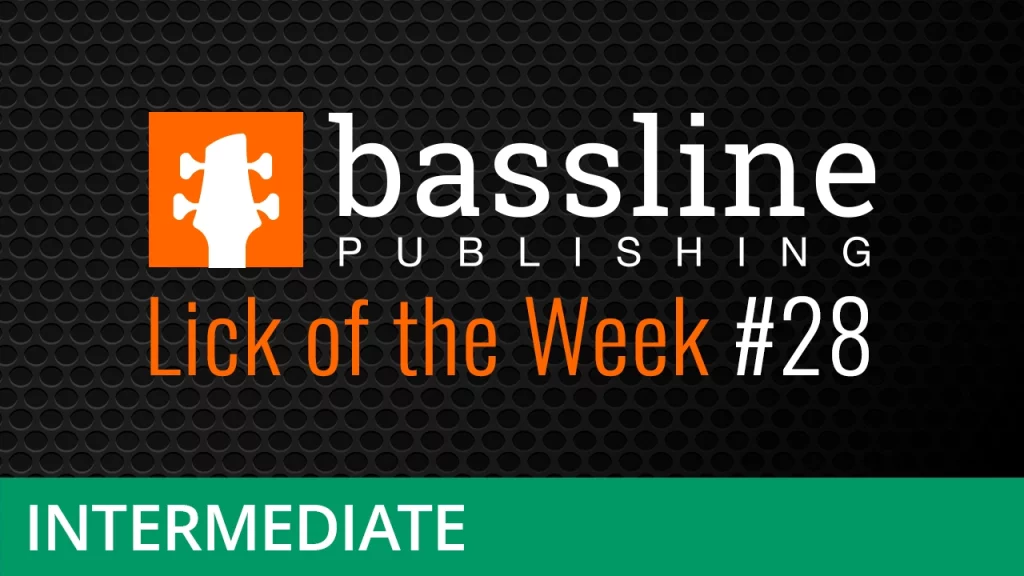Bass Lick of the Week #4
Course Duration: | Difficulty Level: 5
This exercise is a slow bass groove that combines harmonics with fretted bass notes to create chords. The inspiration for this piece was Jaco Pastorius’s renowned composition ‘Portrait of Tracy’, which is highly recommended as a study piece if you enjoy using harmonics, or playing solo pieces.
This piece opens with a melodic motif of six harmonics This is used in each bar of the exercise to lead into the next chord. When playing this part, you can allow the notes to ring into one another, as this enhances the effect of using harmonics. Be aware when playing harmonics at the fifth fret that their pitches are not the same as the fretted notes that they sit above. For example, the fretted note at the fifth fret of the G-string is a C, but the harmonic is a G. It’s worth taking the time to learn the note names of the harmonics on the bass, as this will be very useful if you want to create your own chords, or write your own melodic lines.
Each bar contains a chord which is played as a combination of fretted bass notes and harmonics. The first chord is G^7, which consists of a root note G and harmonics B and F#, the major third and major seventh respectively. The next chord is Em9, which has an E bass note, and harmonics B and F#, the perfect fifth and ninth of the chord. The third chord is C^9 and consists of a C bass note and harmonics B (the major seventh) and D (the ninth). An E harmonic (the major third) is also added, played at the fifth fret of the E-string. This chord was used by Jaco Pastorius in ‘Portrait of Tracy’. The final chord is D and is played by fretting a D bass note with the third or fourth finger of the fretting hand, and playing the F# and A harmonics at the fourth and third frets of the D-string respectively. When playing harmonics at the third fret, you might need to experiment a little with finger position - they are often clearer if you touch the string slightly behind the fret (closer to the body of the instrument).
Pieces of this nature sound great with some reverb. I used the EBS DynaVerb pedal on the recording, set as follows: Reverb: 1 o’clock, Tone: 11 o’clock, Type: Hall, Room: C.
To download the backing track and PDF worksheet for this exercise, please visit the Free Stuff section of the website.




